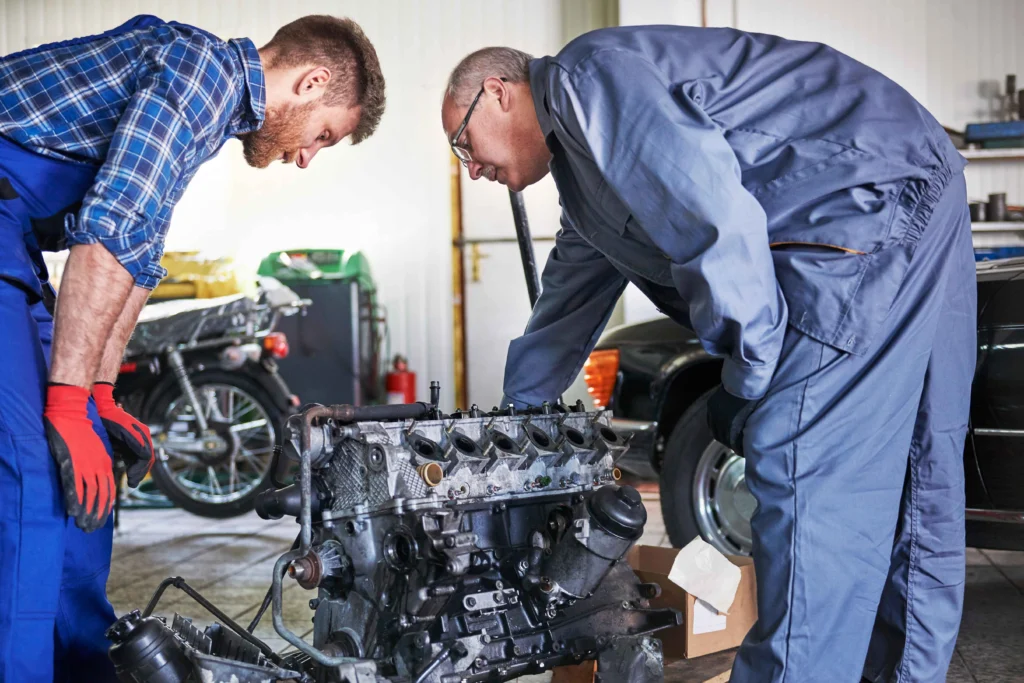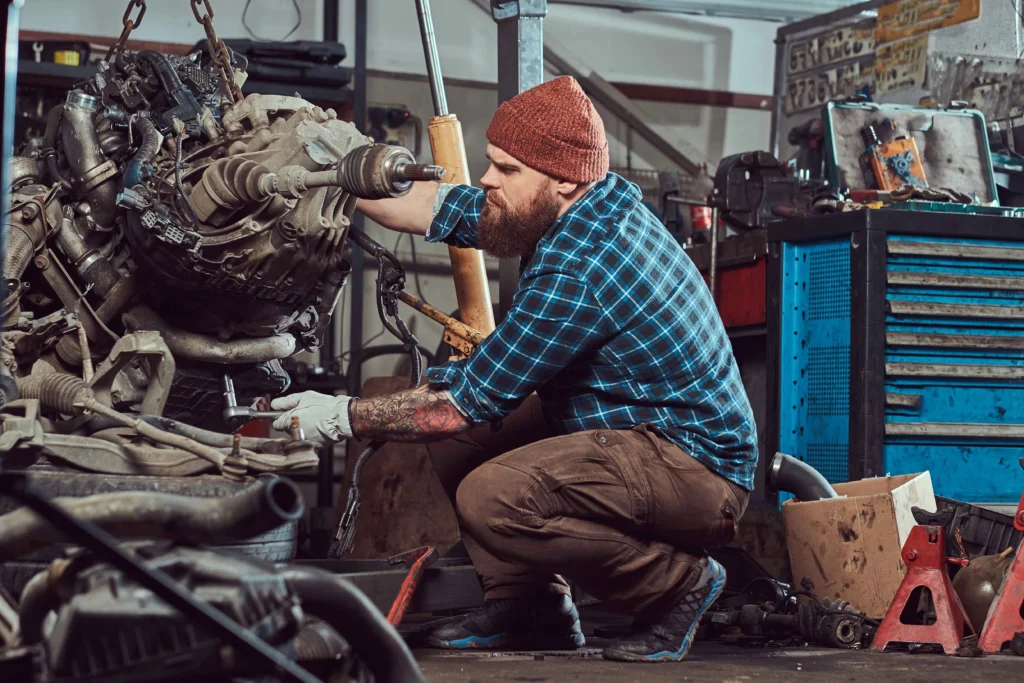Boating Directory Articles
Popular Categories on Boating Directory
Electric Engine Service and repairs
**Electric Marine Engine Service and Repairs**

Electric marine engines are becoming an increasingly popular option for boaters due to their environmental benefits, low noise levels, and reduced maintenance requirements compared to traditional combustion engines. They are commonly used in smaller recreational boats, sailboats, and hybrid vessels. While electric engines are generally easier to maintain, they still require regular service and occasional repairs to ensure optimal performance and longevity.
**Advantages of Electric Marine Engines**
1. **Environmentally Friendly**: Electric engines produce zero emissions, making them a clean alternative to gas-powered engines.
2. **Lower Noise**:Electric engines operate quietly, enhancing the boating experience, especially for leisure and wildlife observation.
3. **Reduced Maintenance**: Electric motors have fewer moving parts, resulting in lower maintenance demands compared to internal combustion engines.
4. **Energy Efficiency**: Electric engines are highly efficient in converting electrical energy to propulsion, often using renewable energy sources such as solar or wind for charging.
**Key Maintenance Tasks for Electric Marine Engines**
Although electric engines require less maintenance than combustion engines, they still require regular care to keep them in top condition. Key tasks include:
1. **Battery Maintenance**
– Batteries are the most critical component of electric marine engines, as they store and supply the power necessary for operation. Regular checks of the battery’s charge level, condition, and performance are essential to avoid issues.
– **Routine Inspections**: Check battery terminals for corrosion, inspect for physical damage, and ensure all connections are secure.
– **Cleaning**: Keep battery terminals clean and free of corrosion by using a battery cleaner or a solution of baking soda and water.
– **Battery Testing**: Use a multimeter or specialized battery tester to ensure the battery maintains a proper charge. Underperforming batteries may need replacement.
– **Battery Water Levels**: For lead-acid batteries, check the electrolyte levels regularly and top up with distilled water as needed. This helps prolong the battery’s life.
2. **Electrical System Inspection**
– The electrical components and wiring in electric engines are subject to wear and tear over time, especially in marine environments where moisture and salt can cause corrosion.
– **Wiring Inspection**: Check for any signs of fraying, corrosion, or damage to wires and connectors. Replace or repair damaged components to prevent electrical faults.
– **Waterproofing**: Ensure all electrical connections are properly sealed to prevent water intrusion. Use marine-grade wiring and connectors to handle harsh marine conditions.
– **Testing Sensors**: Electric engines rely on various sensors for monitoring speed, temperature, and battery status. Ensure these sensors are functioning correctly to avoid performance issues.
3. **Motor Cooling System Maintenance**
– While electric engines generate less heat than combustion engines, they still need cooling systems to prevent overheating. Some electric motors are air-cooled, while others use liquid cooling.
– **Air-Cooled Engines**: Ensure that air vents are clear of debris or blockages, allowing proper airflow to cool the motor.
– **Water-Cooled Engines**: For water-cooled systems, regularly check the coolant levels and inspect the cooling lines for leaks or blockages. Replace coolant as needed and ensure proper flow to prevent motor overheating.
4. **Drive System Inspection**
– Electric motors are often connected to the boat’s propeller through a shaft or other drive system. These mechanical components need to be checked regularly for wear and alignment.
– **Propeller Inspection**: Check the propeller for damage or obstructions that could hinder performance. Damaged propellers can cause excessive strain on the motor and reduce efficiency.
– **Shaft and Bearings**: Inspect the drive shaft and bearings for wear and proper alignment. Misalignment can lead to excessive vibration and damage to the motor or drive system.
5. **Software and Firmware Updates**
– Many electric marine engines are equipped with advanced software that controls power management, motor performance, and diagnostics. Manufacturers often release updates to improve functionality and efficiency.
– **Regular Updates**: Ensure the engine’s software and firmware are up to date by connecting the system to a computer or diagnostic tool. This can optimize performance and resolve potential bugs or issues.
6. **Charging System Maintenance**
– Electric boats rely on charging systems, whether solar, wind, or shore power, to keep batteries charged and ready for use.
– **Charger Inspection**: Regularly inspect the charging system to ensure proper functioning. Faulty chargers or improper charging practices can shorten battery life.
– **Connection Points**: Check charging connectors and cables for wear, corrosion, or damage. Replace faulty parts to maintain safe and efficient charging.
**Common Repairs for Electric Marine Engines**
Despite their simplicity compared to combustion engines, electric marine engines can still encounter issues requiring repairs. Some of the most common repairs include:
1. **Battery Replacement**
– **Cause**: Batteries have a finite lifespan, and over time, they lose their ability to hold a charge. Factors such as overcharging, undercharging, and deep discharges can accelerate battery wear.
– **Solution**: Replace worn or damaged batteries with compatible models. Lithium-ion batteries are often preferred for their longer life and superior performance compared to traditional lead-acid batteries.
2. **Motor Failure**
– **Cause**: Electric motors can fail due to wear on components such as brushes or bearings. Overheating, water intrusion, and excessive electrical loads can also cause motor damage.
– **Solution**: Motors may require professional repair or replacement, depending on the extent of the damage. Regular maintenance of cooling systems and electrical components can prevent motor failure.
3. **Wiring and Electrical Faults**
– **Cause**: Corroded wiring, loose connections, or damaged components can lead to electrical faults, resulting in performance issues or engine failure.
– **Solution**: Diagnose the source of the fault, repair or replace damaged wiring, and ensure all connections are secure and properly sealed against moisture.
4. **Cooling System Leaks**
– **Cause**: Water-cooled electric motors may develop leaks in cooling hoses or the cooling unit itself, leading to overheating and potential motor damage.
– **Solution**: Replace or repair damaged cooling lines, clean any blockages, and ensure the coolant is circulating properly.
5. **Controller or Inverter Issues**
– **Cause**: The controller or inverter, which regulates the power flow between the battery and motor, can malfunction due to electrical surges, water damage, or wear.
– **Solution**: Controllers or inverters may need recalibration, repair, or replacement. Diagnosing these components often requires specialized tools or professional services.
**Maintenance Frequency for Electric Marine Engines**
– **Annual Service**: Electric engines should undergo a full inspection at least once a year. This includes checking the motor, battery system, electrical wiring, and software updates.
– **Battery Maintenance**: Depending on the type of battery used, maintenance can be more frequent. Lithium-ion batteries typically require less maintenance than lead-acid batteries, but it’s still essential to check them regularly.
– **Pre- and Post-Season Checks**: For seasonal boaters, it’s important to inspect and service the electric engine before and after the boating season, especially if the boat has been stored for an extended period.
**DIY vs. Professional Electric Engine Service**
Many electric engine maintenance tasks, such as battery care and basic electrical system checks, can be done by the boat owner. However, more complex repairs or diagnostics, such as motor repair, controller calibration, or significant electrical faults, often require a professional technician with specialized knowledge and tools.
**Popular Electric Marine Engine Brands**
– **Torqeedo**: One of the most well-known brands in electric marine propulsion, Torqeedo offers a range of electric motors for boats of various sizes and uses.
– **Oceanvolt**: Specializing in hybrid and electric propulsion systems, Oceanvolt is a leader in electric marine technology, especially for sailing yachts and eco-friendly vessels.
– **ePropulsion**: Another popular electric motor brand, ePropulsion offers reliable, efficient electric motors for small to medium-sized boats, with a focus on user-friendly designs.
– **Elco**: A trusted name in electric marine propulsion, Elco offers electric inboard and outboard motors designed for a variety of boat types.
**Conclusion**
Electric marine engines offer a low-maintenance, environmentally friendly alternative to traditional engines, but they still require regular servicing and occasional repairs to maintain peak performance. By keeping up with tasks like battery care, electrical system checks, and motor inspections, boaters can ensure a trouble-free and efficient boating experience. Whether performing basic maintenance yourself or relying on professionals for more complex repairs, proper care of an electric marine engine ensures reliability and sustainability on the water.
Sponsored Business
Related Articles
Inboard Engine Service and repairs
Boating Directory Articles Popular Categories on Boating Directory Marine Clothing...
Read MoreBoat transport shipping
Boating Directory Articles Popular Categories on Boating Directory Marine Clothing...
Read MoreJet Ski Sales, Service and repairs
Boating Directory Articles Popular Categories on Boating Directory Marine Clothing...
Read MoreNaval Architects
Boating Directory Articles Popular Categories on Boating Directory Marine Clothing...
Read More


